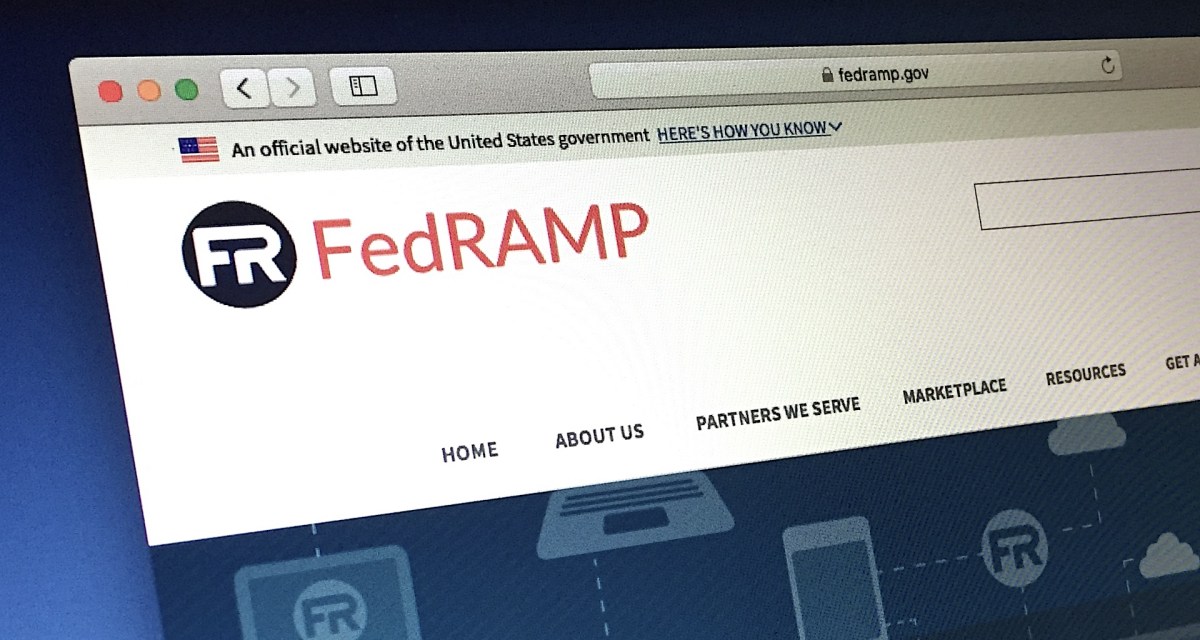GSA prioritizes generative AI in FedRAMP authorizations under new framework

The General Services Administration published a new framework Thursday that lays out how it will prioritize certain emerging technologies, with a particular focus on generative AI, as part of the FedRAMP cloud authorization process.
With the new framework, which was called for in the Biden administration’s 2023 executive order on artificial intelligence, vendors offering generative AI capabilities — specifically “chat interfaces, code-generation and debugging tools, and prompt-based image generators” — will be given priority to move through the FedRAMP cloud authorization approval in an expedited manner.
On top of that, the program will also prioritize a fourth area: “general purpose API offerings that facilitate the integration” of the other three generative AI capabilities “into new or existing systems.”
Vendors interested in prioritization can submit the two necessary forms – the Emerging Technology Cloud Service Offering Request Form and the Emerging Technology Demand Form — until Aug. 31, and GSA will announce those chosen for prioritization by Sept. 30.
“Today, FedRAMP is publishing the final Emerging Technology Prioritization Framework, with an initial list of generative AI capabilities that will be the first emerging technologies to be prioritized,” GSA wrote in a blog post announcing the initiative. “The framework is designed to expedite the inclusion of emerging technologies in the FedRAMP Marketplace, so agencies can more easily use modern tools to deliver on their missions. The framework was developed in response to Executive Order (EO) 14110 on the Safe, Secure, and Trustworthy Development and Use of Artificial Intelligence.”
Twice a year, FedRAMP will open submissions for vendors to request prioritization through the framework. Those selected will be evaluated in the same manner as all other cloud products that go through the FedRAMP process.
GSA expects that it will be able to prioritize “up to twelve AI-based cloud services using this framework,” roughly three per capability that the program is prioritizing.
“Requests will be evaluated against the qualifying and demand criteria to ensure prioritized technologies meet the goal of ensuring agencies have access to necessary emerging technologies,” the agency said in its announcement.
The list of emerging technologies that FedRAMP prioritizes will also change regularly, the agency said, at least on an annual basis with the input of agencies and industry. Technologies can also be removed from the list “either by decision of the Board, or when the target number of CSOs with the desired capabilities are available within the marketplace,” the framework explains.
Eric Mill, GSA’s executive director for cloud strategy, told FedScoop in a recent interview, featured in its entirety on the Daily Scoop Podcast, that the framework was required as “a task in the EO, but one we’re happy to take on here.”
“We really believe that these technologies are ones that can improve service delivery and improve the way that the government operates,” Mill said. “We want to make sure that we’re not sitting on the sidelines here.”
Mill noted that this will be the first time that FedRAMP will have a framework for prioritizing one technology over another. “GSA has operated FedRAMP to date as a first-in, first-out program.”
“That’s really important from a fairness and a predictability perspective,” he said. “But there are priorities in the world, as the world continues to change and the government has different needs. And so, this has been a really useful opportunity for us to talk through what does it look like for us to do that? And how do we balance some of the different tradeoffs and risks that are associated with that?”
He continued: “Prioritizing something means that other things are prioritized less. That’s what prioritization means. So how do you make it so that you are getting the most of what you’re trying to prioritize while mitigating the downside risks of the other things? And that’s been a good thing for us to work through.”






